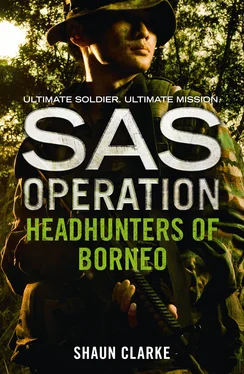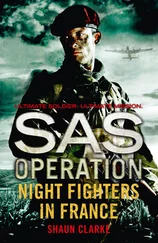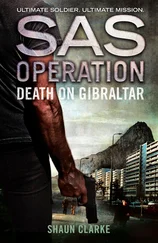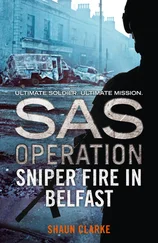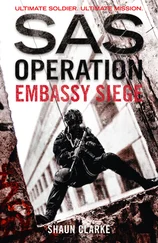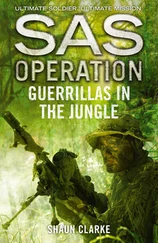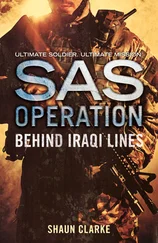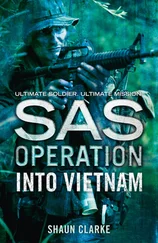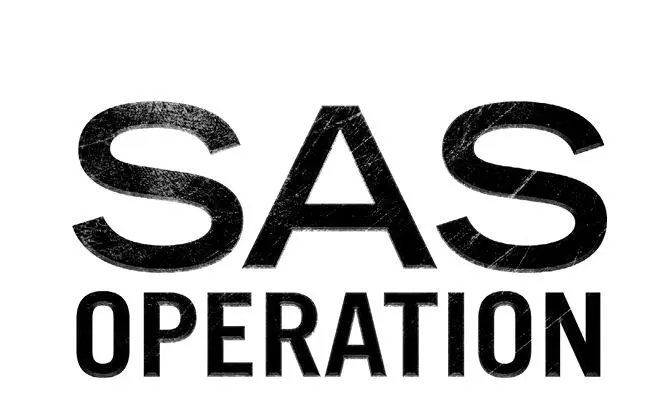
SHAUN CLARKE
Published by HarperCollins Publishers Ltd
1 London Bridge Street
London SE1 9GF
www.harpercollins.co.uk
First published in Great Britain by 22 Books/Bloomsbury Publishing plc 1994
Copyright © Bloomsbury Publishing plc 1994
Cover layout design © HarperCollins Publishers Ltd 2016
Cover photographs © Shutterstock.com
Shaun Clarke asserts the moral right to be identified as the author of this work.
A catalogue copy of this book is available from the British Library.
This novel is entirely a work of fiction. The names, characters and incidents portrayed in it are the work of the author’s imagination. Any resemblance to actual persons, living or dead, events or localities is entirely coincidental.
All rights reserved under International and Pan-American Copyright Conventions. By payment of the required fees, you have been granted the non-exclusive, non-transferable right to access and read the text of this e-book on screen. No part of this text may be reproduced, transmitted, down-loaded, decompiled, reverse engineered, or stored in or introduced into any information storage and retrieval system, in any form or by any means, whether electronic or mechanical, now known or hereinafter invented, without the express written permission of HarperCollins.
Source ISBN: 9780008155032
Ebook Edition © November 2015 ISBN: 9780008155049
Version: 2015-10-15
Contents
Cover
Title Page
Copyright Published by HarperCollins Publishers Ltd 1 London Bridge Street London SE1 9GF www.harpercollins.co.uk First published in Great Britain by 22 Books/Bloomsbury Publishing plc 1994 Copyright © Bloomsbury Publishing plc 1994 Cover layout design © HarperCollins Publishers Ltd 2016 Cover photographs © Shutterstock.com Shaun Clarke asserts the moral right to be identified as the author of this work. A catalogue copy of this book is available from the British Library. This novel is entirely a work of fiction. The names, characters and incidents portrayed in it are the work of the author’s imagination. Any resemblance to actual persons, living or dead, events or localities is entirely coincidental. All rights reserved under International and Pan-American Copyright Conventions. By payment of the required fees, you have been granted the non-exclusive, non-transferable right to access and read the text of this e-book on screen. No part of this text may be reproduced, transmitted, down-loaded, decompiled, reverse engineered, or stored in or introduced into any information storage and retrieval system, in any form or by any means, whether electronic or mechanical, now known or hereinafter invented, without the express written permission of HarperCollins. Source ISBN: 9780008155032 Ebook Edition © November 2015 ISBN: 9780008155049 Version: 2015-10-15
Prelude
Chapter 1
Chapter 2
Chapter 3
Chapter 4
Chapter 5
Chapter 6
Chapter 7
Chapter 8
Chapter 9
Chapter 10
Chapter 11
Chapter 12
Chapter 13
Chapter 14
Chapter 15
Chapter 16
Chapter 17
OTHER TITLES IN THE SAS OPERATION SERIES
About the Publisher
The landscape consisted of dense, often impenetrable jungle, swamps, rivers so broad and deep that they were frequently impassable and aerial walkways created at dizzying heights over the rapids by the primitive tribesmen. Snakes, scorpions, lizards, poisonous spiders and dangerous wild pigs infested the whole area. Though seemingly uninhabitable, the jungle was home to many native settlements, or kampongs, most located either by the river or on a hillside, where the inhabitants tilled the land around them or hunted for fish, lizard, boar, deer, baboon, porcupine or the ever-present snake.
These primitive peoples were Land Dyaks, Ibans, Muruts and Punans, who lived in longhouses made of atap wood, with sloping roofs of tin or thatch. The longhouses were apt to creak balefully on the stilts that had kept them out of the water for decades. Inside they were unhygienic and usually fetid because as many as fifteen families would live in a single dwelling at any given time, using the slatted floor as a communal lavatory. Small and indolent, the natives wore nothing above the waist, regardless of sex, wore their hair long, often tattooed themselves against evil spirits, and lived off rice, tapioca, vegetables and curried meat. Before being killed for eating, their prey was first stunned by a virulent nerve poison borne on a slim bamboo dart shot from a blowpipe.
Early morning in the jungle and swamps was often misty. The strong sun did not break through until at least mid-morning and most afternoons brought a torrential deluge of rain, accompanied by spectacular electrical storms. As a result, the water often rose 30 feet in a single day, slopping and splashing around the stilts of the longhouses, making them groan in protest.
Because certain of the tribesmen, notably the headhunters among them, thought the creaking and groaning were the whispering of bad spirits, they attempted to keep the spirits at bay by stringing up shrunken human heads on the doorposts atop the entrance stairways.
Many of the primitive Iban tribesmen, being experts in jungle tracking, had been employed by the British during the Malayan Emergency of 1948–60 as Army trackers, and were dubbed the Sarawak Rangers. Now, in 1963, having been trained by the SAS, they had been recruited again as an irregular force, the Border Scouts, used mainly as trackers, but also armed and trained as paramilitaries. Increasingly under the command of, and working alongside, the Gurkha Rifles, they were engaged in the ‘secret’ war being waged to protect Sarawak, Borneo, from the forces of Indonesia’s ambitious President Sukarno, who were striking from neighbouring Kalimantan.
Enlisting the aid of the indigenous population, and with the additional reconnaissance and intelligence support of the men of A Squadron, SAS, the Gurkha-led patrols made cross-border raids against the Indonesians, worked at winning the hearts and minds of the jungle dwellers, and set up many Scout posts and observation posts (OPs) in the kampongs and along the densely overhung river banks.
At Long Jawi in Sarawak, 30 miles from the border with Kalimantan, the Gurkhas had established a Scout post consisting of twenty-one trained locals, or Border Scouts, two Police Field Force signallers and a six-man Gurkha team headed by SAS corporal, Ralph Sanderson, on loan to A Squadron from D Squadron. Operating from their own riverside longhouse just outside the village, the members of the border team had spent weeks making friends with the tribesmen in the other longhouses in the area, training certain of them to be armed Border Scouts, and patrolling the valleys, not only for intelligence about Indonesian Army or CCO – Clandestine Communist Organization – troop movements, but also to map out a possible route across the jungle-covered mountains between Sarawak and Kalimantan.
Nominally in charge of such missions, Corporal Sanderson had immersed himself in local culture to such an extent that he was treated by the natives as one of their own and was told all they knew about Indonesian activities in the valley and across the hills, where the build-up of uniformed enemy forces was increasing daily.
Though the SAS were not yet under orders to take aggressive action against such forces, they were allowed to embark on reconnaissance and intelligence-gathering (R & I) missions and, if they sighted the enemy, to inform the Gurkhas and guide them and the armed Border Scouts back across the border. The Gurkhas and Border Scouts would then attack the enemy and make a subsequent hasty retreat back to the Scout post on their own side of the border.
Читать дальше
